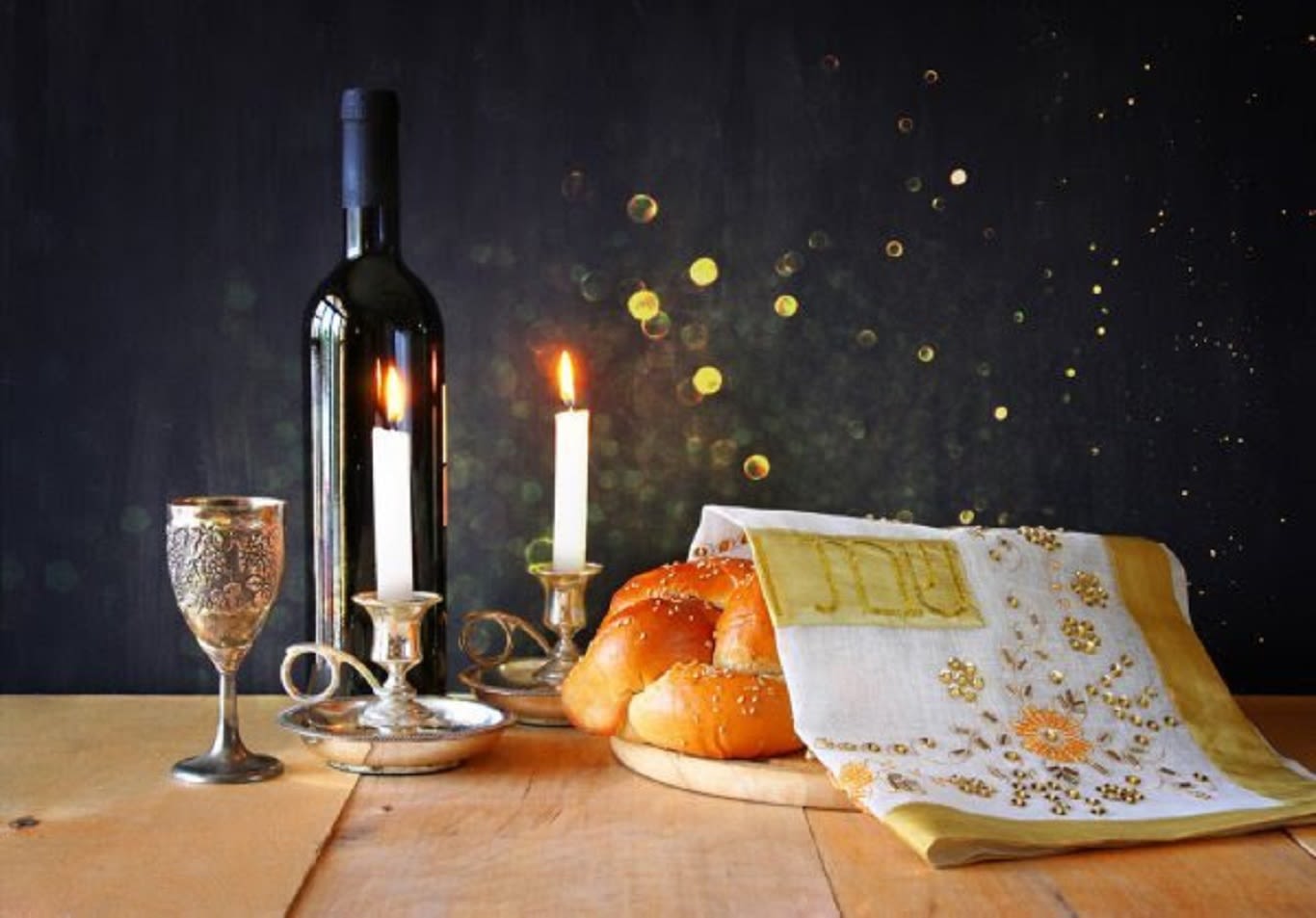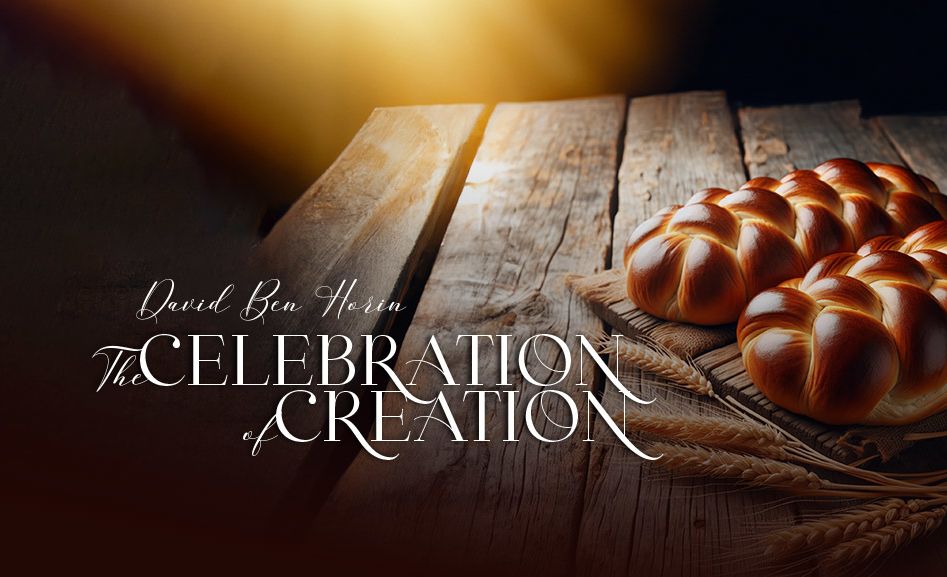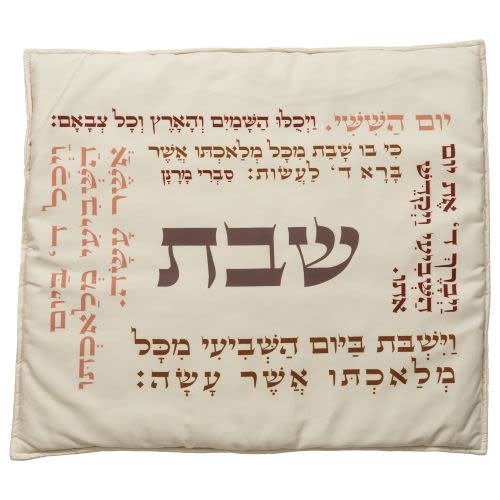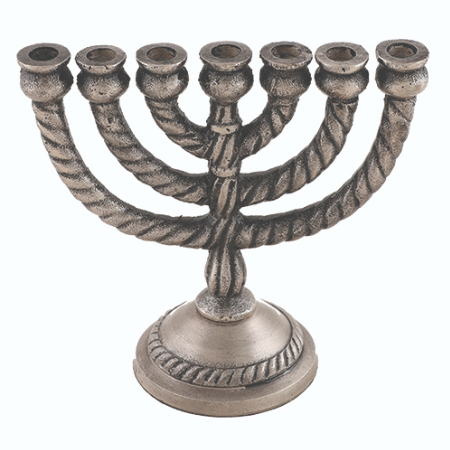
The Global Shabbat Project
This Shabbat is the "Global Shabbat Project"! It’s no coincidence that Hamas attacked on Shabbat – Shabbat is who we are, it is our soul! This year, let us not only ‘keep it together FOR Israel,’ let's keep it together WITH Israel.”

This year’s world-wide Shabbat Project takes place on:
3-4 November | 20 Cheshvan 5784 | Parshat Vayeira
Let’s join together with Jews from all walks of like, across the spectrum of religious-secular-traditional-young-old to keep one full Shabbat in accordance with Jewish law.
This year, let us all keep Shabbat together as a demonstration of Jewish pride and unity, and as a message of solidarity with Israel.
“Our brothers and sisters in Israel are under attack. Lives have been lost, families shattered, and many are suffering the horrors of captivity. These barbaric attacks launched by Hamas were not about borders or political objectives – they target the very existence of the Jewish people,” said Chief Rabbi Dr. Warren Goldstein, Chief Rabbi of South Africa and the founder of the Shabbat Project. “This war is about who we are and what we stand for – an ongoing attempt to uproot our eternal values and history. We must let the world know that we will not succumb, submit, or forsake our eternal values. It’s no coincidence that Hamas attacked on Shabbat – Shabbat is who we are. It is the very soul of the Jewish people. Therefore, this year’s Shabbat Project is a call for every Jew in every corner of the globe to keep Shabbat from sunset. A sublime moment of global Jewish unity. One people. One heart. One Shabbat.”
“We are in awe of the bravery and strength of the people of Israel,” said Chief Rabbi Goldstein. “We are not only ‘keeping it together for Israel,’ we are keeping it together with Israel.”
Let’s keep Shabbat together!
Over 2,500 Shabbat Project events – more than double than in 2021 – will take place this year on and around November 3-4, 2023 (Parshat Vayeira), in Jewish communities across the globe. This year, an estimated one million people, in over 1,500 cities across 100 countries, will participate in various activities such as challah bakes, learning groups, community dinners, Havdalah ceremonies and Shabbatons. In combination with these unity events, The Shabbat Project encourages participants to observe Shabbat – lighting candles, disconnecting from devices, not going to work, enjoying festive family meals, attending synagogue services, and engaging in spiritual reflection.
From Australia to Israel, France, Belgium, Switzerland, Spain, the United Kingdom, Morocco and Monaco, to the United States, Canada, Argentina, Guatemala, and Chile, more than 1 million people across the globe will be part of the 10th anniversary festivities for the Shabbat Project.
The Shabbat Project, led by South Africa’s Chief Rabbi Dr. Warren Goldstein, is a global, grassroots movement that unites Jews around the beauty of Shabbat. As part of this initiative, Jews from all walks of life – from across the spectrum of religious affiliation, young and old, from all corners of the globe – come together to celebrate and keep one full Shabbat, in a spirit of global Jewish unity.
What You Can Do
The goal of your Shabbat table is to create a positive and unifying experience for participants of all ages and backgrounds. Here are some simple techniques that encourage everyone’s participation. This format is wonderful for those who would like to invite guests who may be less familiar with Shabbat customs, but it works equally well for any family or group.
Set Up
The set up of the table should be to form one “circle”, so each person can have eye contact with every other person seated. It’s best not to have a separate children’s table or a T-shaped configuration, if possible. It is also helpful to have bentchers on the table, set at the places, or handed out to the guests. This is often a good job for one of the children. Remember to announce the page if you have guests that may not be familiar with the songs (Shalom Aleichem, Eishet Chayil, Shabbat zemirot). “Newcomers” that are not familiar with the songs, should be given an English/Hebrew version or a siddur to at least follow along reading to themselves in English, so they get a sense of what is being said.
Kiddush & HaMotzi
Introduce the concept to newcomers in a phrase that explains the meaning of Kiddush. It could be somewhat like this: “Kiddush is to testify that G-d created the world in 6 days and rested on the 7th day. We emulate this concept by refraining from creative work on Shabbat. The second theme of the Kiddush is that Hashem brought the Jewish people out from slavery in Egypt and formed them into a  nation and gave them the Torah. Shabbat is one of the gifts in the Torah.” If there is someone who is not familiar with the washing of the hands, make sure someone in the family explains this procedure and recites the blessing of al netilat yadaim with him or her. Casually mention that there is no speaking between the hand washing and the distribution and eating of the challah. New guests enjoy this a lot!
nation and gave them the Torah. Shabbat is one of the gifts in the Torah.” If there is someone who is not familiar with the washing of the hands, make sure someone in the family explains this procedure and recites the blessing of al netilat yadaim with him or her. Casually mention that there is no speaking between the hand washing and the distribution and eating of the challah. New guests enjoy this a lot!
Introductions & Theme Question
After the first course is served and everyone has some food on their plate and in their stomach, we begin “introductions”. Going around the table, I start (so I can model what I want to happen) and we go around to the right (counter-clockwise). I ask each person to say his or her name. This is especially helpful when there are guests who may not know the names of the children or the names of the other guests. I say something like, “Please say your name, since everyone may not yet know everyone else”. It is a helpful icebreaker at the start. Also, I ask each person to answer the “theme question” after they introduce themselves. The theme question is a one or two word topic to which everyone will be able to relate, and it has an “open ended” style. We are not looking for one ‘right answer’. Whatever comes to mind is a good answer. The topic is related either directly or indirectly to the weekly parsha. I announce the name of the parsha and then the theme. For instance, for parsha Bereishit the theme might be “garden” or it might be “tree” or any other related word, for Noach, some example may be “flood” or “animal”. One person may end up discussing the time that his basement flooded, and how he reacted. Another guest may talk about a big storm and how it affected her life.
The theme question gives people a chance to express themselves in a non-judgmental context. It works for all age groups and encourages speaking as well listening skills. Everyone gets to know what the others are thinking. Parents can get an insight into what is on the minds of their children. If someone can’t think of something to say relating to the theme, he can just state his name and ‘pass’ until everyone else is done and we can come back to him when he is ready, if he would like.
The Dvar Torah
The theme question is a great segue way to the Dvar Torah. When the children are younger, they are asked to speak about something they learned in school or discuss a point from their ‘parsha sheet’. Starting from youngest to oldest, keeps an orderly flow and allows the younger ones to say something that had not yet been said, since they are going first. After a young child has his or her turn to speak, he or she may want to leave the table to play if it is too much for them to pay attention to the others. They should be allowed to leave the table after their turn by asking permission. This allows the meal to be child-focused and not guest- focused for as long as it is enjoyable for the children, and the guests gain much as well by focusing on the children’s presentations.
When the children got older, I gave the Dvar Torah first and asked anyone (child or guest) who had something to share, to do so. Over the years, the children gained self-confidence in public speaking and listening skills. Some young children love the “public speaking” opportunity so much, they stand up on their chairs when their turns come.
Zemirot / Singing
As the main course ends, the singing of the zemirot is a cue for the plates to be cleared from the table. One can ask a newcomer guest if he knows any Jewish songs or a guest can choose the zemer or lead the tune, if they are willing.
The Dessert Question
The concluding question is called the “dessert question” because it is answered while dessert is served and eaten. The question is the same each week but the answer always differs, because each week has brought new experiences. The question is: “What was the highlight of your week?” This encourages people to think back from last Shabbat until now, review their week, focus on a positive experience, and share it with others. There is no particular order to answer the “dessert question.” Anyone who is ready to share their highlight, may start. It also encourages thankfulness to Hashem for many blessings.
Bentching
I thank my wife for the delicious meal, if I haven’t already done so, and all those who assisted in preparing, cleaning up or bringing something for Shabbat. We bentch together, as this brings closure to the meal. Afterwards, those who want to leave the table are free to do so. Those that would like to stay and talk are welcome to stay at the table or go into the living room. It is important that people (especially children) should not be “held hostage” at the table for too long. Children who have left the table should be called back for the dessert question and the group bentching. We usually sing the first paragraph in unison.
Our Shabbat tables have the potential to be unifying opportunities for participants of all ages and backgrounds, just by making a few simple accommodations. I hope this provides some ideas with which to experiment and enhance Shabbat pleasure!
* * *
Rabbi Aryeh Goetz is the Director of Neighborhood Investment for CHAI (Comprehensive Housing Assistance, Inc.) and rabbi of the Jewish Recovery Houses in Baltimore, Maryland. He can be reached at aryehgoetz@gmail.com.










2/07/2012
What a wonderful table! Thank you Rabbi for your perfect description of sharing the Shabbos table with Jews from all backgrounds. As a frequent guest at this amazing table, I will tell you that when all the elements he describes are in place, along with genuine acceptance and caring of others, an amazingly magical atmosphere is created and it is a Shabbos table that guests never forget. Perhaps this will inspire others to share their Shabbos tables with "newcomers" & singles who appreciate it immensely!
2/07/2012
Thank you Rabbi for your perfect description of sharing the Shabbos table with Jews from all backgrounds. As a frequent guest at this amazing table, I will tell you that when all the elements he describes are in place, along with genuine acceptance and caring of others, an amazingly magical atmosphere is created and it is a Shabbos table that guests never forget. Perhaps this will inspire others to share their Shabbos tables with "newcomers" & singles who appreciate it immensely!